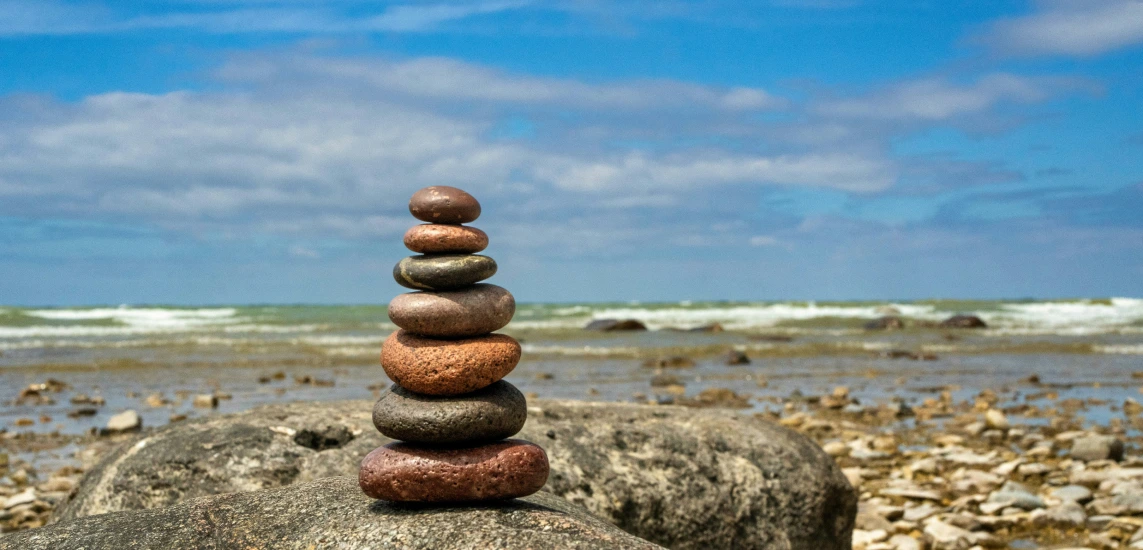
Resilience Media in Iran: A Guide to Building Resilience Through Education
In an ever-changing world characterized by unpredictability, the concept of resilience has gained paramount importance.
Particularly in Iran, where socio-economic challenges and cultural shifts continuously shape the landscape, the need for effective resilience education has become increasingly vital.
This blog post explores the media’s role in promoting resilience in Iranian society and discusses how educational frameworks can equip individuals with the tools necessary to thrive in adversity.
Chapter 1: Understanding Resilience
What is Resilience?
Resilience is the capacity to recover quickly from difficulties. It is not merely a reaction to challenges but a proactive mindset that empowers individuals to navigate through life’s adversities with strength and perseverance.
In the context of Iran, resilience embodies the spirit of endurance amidst historical, political, and economic upheavals.
The Importance of Resilience in Today’s World
Resilience fosters a sense of agency and hope. It cultivates a culture of problem-solving and adaptability.
In societies like Iran, which face various challenges, from environmental issues to socio-political discourse, fostering resilience can lead to collective empowerment and constructive change.

Chapter 2: The Role of Media in Promoting Resilience
The Evolution of Media in Iran
Historically, the media in Iran has played a critical role in shaping public discourse.
Traditional forms of media such as print newspapers and radio have transitioned into digital platforms, leading to broader access to information and diverse perspectives.
The media landscape has become a vital forum for resilience narratives, offering stories of hope, solidarity, and recovery.
Media Initiatives Focused on Resilience
There have been various media initiatives aimed at fostering resilience in Iranian society. These initiatives include documentaries highlighting success stories, podcasts featuring experts discussing coping mechanisms, and online forums addressing mental health.
By leveraging various media channels, these initiatives ensure that resilience is a shared narrative, reaching individuals from all walks of life.
Chapter 3: Educational Frameworks for Building Resilience
Integrating Resilience into Curriculum
Creating educational frameworks that emphasize resilience is essential for future generations. Schools can integrate social-emotional learning (SEL) programs to help students understand and manage their emotions, set goals, and establish positive relationships.
Coupled with academic education, these programs can ensure that students are equipped to handle challenges proactively.
Community-Based Workshops and Training
In addition to formal education, community-based workshops serve as an effective method for building resilience.
Local organizations can develop and implement training programs aimed at teaching coping strategies and problem-solving skills. These workshops create safe spaces where individuals can share experiences and learn from one another’s challenges.
Chapter 4: The Intersection of Culture and Resilience Education
Cultural Narratives and Resilience
Iran is rich in cultural narratives that inherently reflect themes of resilience. From classical literature to contemporary art, the portrayal of human struggle and triumph plays a significant role in shaping cultural identity.
By harnessing these narratives in educational settings, educators can create a culturally relevant approach to resilience that resonates with students and communities.
Celebrating Resilience Through Arts and Literature
Promoting resilience through the arts can inspire creativity while offering new perspectives on hardship. Literature and art can ignite discussions on coping mechanisms, helping individuals identify their strengths.
Schools and community centers can organize events showcasing local artists and authors who reflect these themes, promoting engagement and appreciation for resilience in Iranian culture.

Conclusion: A Collective Journey Towards Resilience
In conclusion, resilience is not merely a personal attribute; it is a collective journey that society embarks upon together.
The media plays a pivotal role in this journey, acting as a conduit for resilience education and awareness. By embedding resilience into educational frameworks and community initiatives, Iran can harness the power of its culture and media to equip individuals with the necessary tools to face challenges.
As we continue to navigate an evolving world, fostering resilience will undoubtedly enhance the overall well-being of individuals and communities alike, leading to a brighter and more hopeful future.

